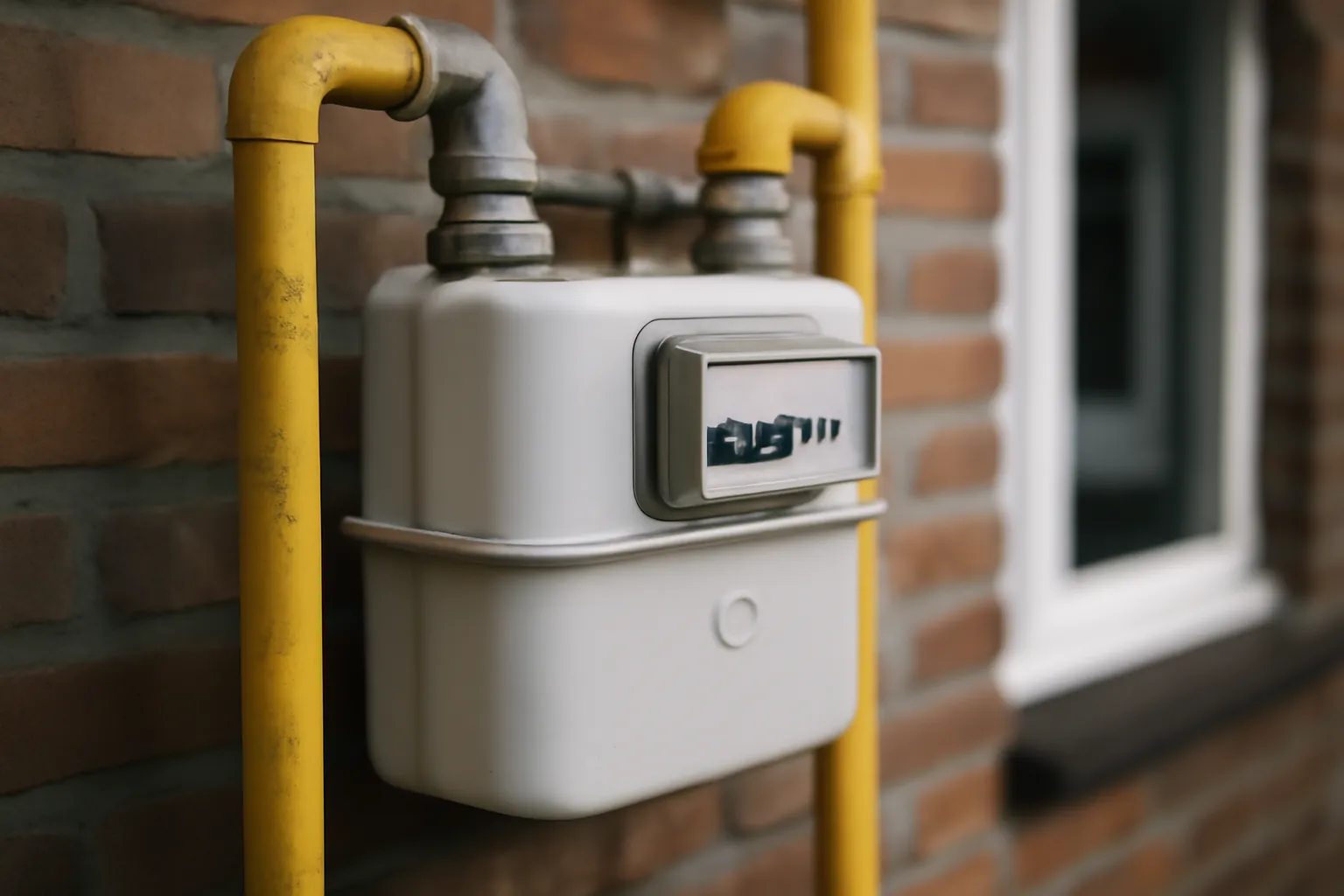Curious about how city gas is measured in calories? How does the unit conversion work? Learn everything you need to know about city gas unit calories, conversions, and their importance in daily energy consumption.
City gas, a crucial energy source for heating, cooking, and industrial purposes, is measured in various units, with the most common being its calorie content. Understanding city gas calorie units, how these calories are measured, and how unit conversions work can help both consumers and businesses manage their energy usage more effectively. This article delves into the essentials of city gas unit calories, the process of unit conversion, and practical applications for both residential and commercial users.
City Gas Calorie Unit
The calorie unit of city gas is essential for determining its energy content. Typically, gas supplied to consumers is measured in caloric values to give an idea of the energy it can provide. A single calorie is defined as the amount of energy required to heat one gram of water by one degree Celsius. The caloric value of city gas varies depending on the type and source of the gas, but it is generally expressed in terms of kilocalories per cubic meter (kcal/m³).
In many countries, especially those in Asia and Europe, city gas providers will specify the caloric value of the gas used for residential and industrial purposes. For instance, natural gas in certain regions may have an average caloric value of about 8,500 kcal/m³. This helps consumers estimate how much energy their gas consumption will provide and manage costs effectively.
Key Considerations:
-
Caloric Variations Different gas sources have different caloric values based on their chemical composition, such as the ratio of methane to other gases. As a result, the energy output per unit of gas can vary.
-
Consumer Awareness Being aware of the gas’s caloric value helps households and businesses gauge their energy use. This is particularly useful for those looking to reduce consumption or switch to alternative energy sources.
-
Measurement Standards Many gas companies adhere to local regulatory standards when setting the caloric value. Understanding these values can help in making comparisons between different energy suppliers.
Would you like to learn more about how to calculate and measure your energy consumption based on city gas unit calories?
👉 More on City Gas Calorie Unit 👈
City Gas Unit Calories
City gas units are often measured in calories to determine how much energy is available for heating and cooking purposes. In practical terms, when gas meters measure the volume of gas used, they also account for the amount of energy, measured in calories, that the gas can provide. This is important because it helps consumers understand how much energy their gas usage generates, allowing them to calculate costs and optimize their usage.
The gas company typically uses a standard unit (kilocalorie per cubic meter) to calculate energy output. Consumers are then billed based on the total volume of gas consumed, multiplied by the caloric value.
How Unit Calories Are Used:
-
Heating Calculations When you heat your home using city gas, the number of calories in the gas is crucial to estimate how much heat will be produced.
-
Cooking Efficiency For kitchens, the caloric content helps to measure the energy used to cook meals and other tasks efficiently. It’s important for households and commercial kitchens to have an understanding of their energy consumption, both to optimize usage and reduce costs.
-
Efficiency Improvements By tracking the caloric value of gas consumed, users can make adjustments to appliances for better energy efficiency. For example, installing energy-efficient gas stoves or boilers can reduce the amount of gas (and therefore energy) used.
Understanding city gas unit calories not only affects energy consumption but also plays a role in managing budgets effectively, especially when gas prices fluctuate. By calculating the caloric output, individuals can better predict their monthly gas bills.
Would you like to explore tips for improving energy efficiency in your home or business using gas?
👉 Learn More About City Gas Unit Calories 👈
City Gas Unit Conversion
Converting city gas units is a crucial aspect of managing energy use. Gas is typically measured in cubic meters (m³), and these measurements must be converted to other energy units such as kilocalories (kcal) for billing and efficiency purposes. This is essential because the caloric value of gas can vary depending on factors like the gas composition or the specific energy provider.
The most common method for converting city gas units is to multiply the volume of gas consumed by its caloric value. For example, if the gas used has a caloric value of 8,500 kcal/m³, and a household uses 10 m³ of gas in a month, the total caloric consumption would be 85,000 kcal.
Steps for Conversion:
-
Identify the Caloric Value Check with your gas supplier for the specific caloric value of the gas being used (measured in kcal/m³).
-
Calculate Energy Consumption Multiply the volume of gas consumed (m³) by the caloric value.
-
Convert Units If you need to convert to another energy unit, such as joules or British thermal units (BTUs), use the appropriate conversion factors:
-
1 kcal = 4.184 kJ (kilojoules)
-
1 kcal ≈ 3.97 BTU
-
-
Monitor Usage Use these conversions to track energy consumption accurately and ensure you’re billed correctly.
Gas companies may provide online calculators or help desks to assist with conversions. By being proactive in understanding how to convert city gas units, consumers can better manage their energy bills and consumption.
Would you like to try converting your own gas usage into caloric units to better understand your energy costs?
👉 Try City Gas Unit Conversion Yourself 👈
Conclusion
City gas unit calories, their measurement, and conversion are fundamental concepts in energy management. By understanding these principles, consumers can make informed decisions on how to optimize their gas usage, reduce costs, and ensure their energy consumption is both efficient and affordable. Whether you’re trying to reduce heating costs or improve kitchen energy efficiency, having a grasp on how gas is measured in caloric units can significantly impact your everyday energy strategies.
“Energy efficiency is doing more with less.” – Anonymous
By incorporating the knowledge of city gas unit calories and conversion, you take a step toward a more efficient and cost-effective approach to energy management.






